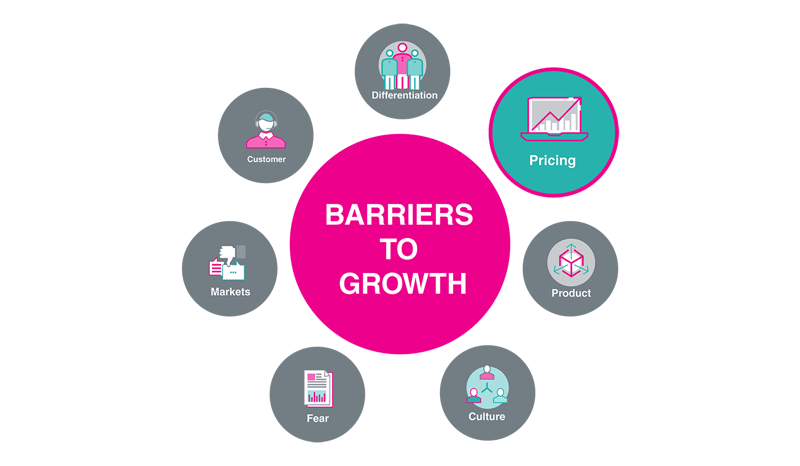Are you finding that you have enough leads but a very poor conversion rate?
Some of our clients complain about this problem when we first meet, and it takes some digging, sometimes a bit of research to figure out why they have a low rate of conversion. We have put together a few tips that have been tried and tested and have seen conversion rates improve drastically.
1. Added Value or incentives
Most people like to try something before they buy or commit long term, and especially with an expensive service or product that requires a high level of trust, the ability to try something small for free first, or benefit from some form of added value up front, is an appealing offer and makes the decision to buy easier to justify.
Offering free added value, or an additional product/service free with purchase, or providing a first-time trial discount is a really effective way to getting potential customers over the line.
2. Deal with Objections whilst you are in front of the client
Occasionally, a potential customer might say things like “I need to run this by my partners”, or “could you send me a proposal” and these are often a masking an objection that he hasn’t brought up (it might be cost vs value, it might be that you haven’t really discovered where the pain sits). It’s important to get all the objections out on the table whilst you are in front of the client to be able to answer them fully and give yourself the best opportunity to close the deal there and then.
Ask what they would like to see in the proposal that you haven’t already covered during your meeting or discussion with them, ask if the partner is around and could join you (because in reality no one will be able to present your product, service or business as well as you can). Find a way of ensuring that there are no unanswered questions or objections before you leave the room.
2. Be Brave and ask for the deal
Many sales people aren’t comfortable or confident enough to ask for the sale. Using questions like “are you ready to take the next step?”, “what would you like to do next?”, “are there any areas of concern or questions that you still have before we move ahead?” are ways of asking for the deal without being as direct.
3. Use Financial language
Demonstrate the ROI of your product or service and use examples of other businesses that have used your services with great results or savings. Keep your stories short and relevant to the business you are sitting in front of.
Focus on the results and ask them if that’s the kind of result they would like to benefit from as well.
- You may also like our article 'How can i get more leads? You don't need to...'
5. Don’t waste time on weak leads
Define your working funnel (Positive, Telcon, Introductory meeting, Contract etc) and ensure that you don’t spent too much time focusing on leads that go nowhere – keep them moving through the pipeline. Once you have called twice and emailed three times, it’s time to send them a gentle email letting them know that you won’t be calling again but that they are free to connect with you when the time is right for them. Perhaps schedule a catch up call in 3 months time, but it’s now time to move onto a hotter lead.
6. Keep contact regular
A follow-up email or phone call after your first meeting, checking in on them and asking your lead if they have any additional questions might be all that’s needed to nudge them back into paying attention. The longer you leave this email, the harder it may be to waken it up again, and that may be the difference between closing the deal successfully and losing them.
Even if you have had an initial conversation by email or telephone and haven’t met face to face, it’s worth a follow up a few days later anyway. Never miss the opportunity to connect with a potential client.
7. Keep your email marketing campaigns memorable (for the right reasons!)
Your leads are no doubt being marketed to by other companies and competitors, all wanting to sell their products and services to the same businesses and people. You have to be memorable and “real” and that means refraining from anything too salesy (that may be caught by spam filters) and keep your email campaigns brief. Don’t oversell in that first email, rather try to connect at a level that engages them and sparks their interest to find out more.
8. Ask Questions
Business owners love to talk about their businesses and people generally love to talk about themselves, so by following up your meeting with questions about how things are going with specific things they may have mentioned, you will demonstrate that you really listened and that you genuinely care. “Genuine” being the word here. Don’t do this in a fake way – they will be able to tell.
Otherwise, keep it business oriented by asking if they have managed to chat to their partner or go through the information you sent through. Most of the time, they won’t feel that they can just ignore you and it provides the opportunity to discuss any areas of concern they may still have about working with you.
Our part-time Marketing Directors have the expertise to figure out what is getting in the way of your lead conversion and they will also look at the bigger picture - to focus, grow and strengthen your business.




